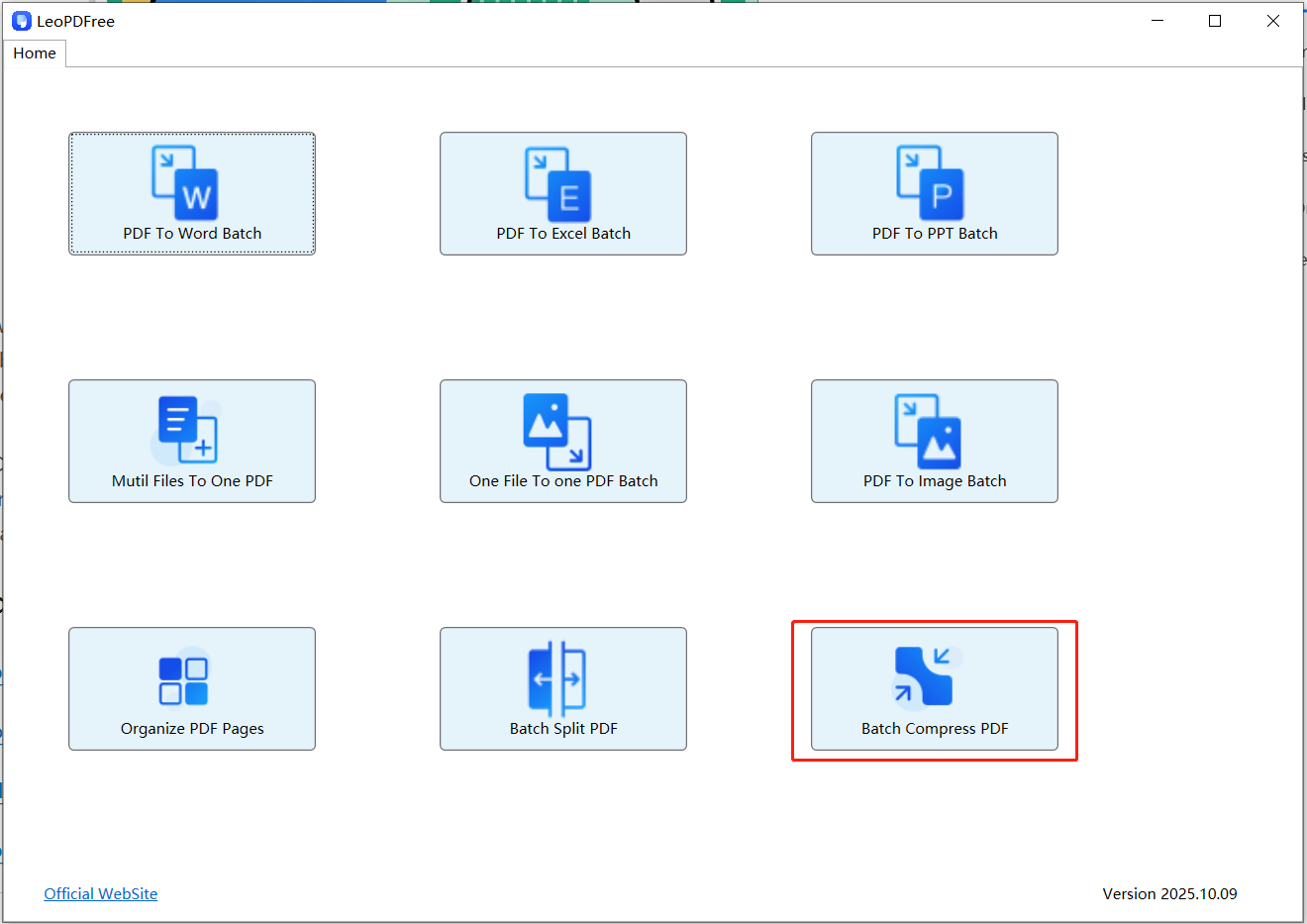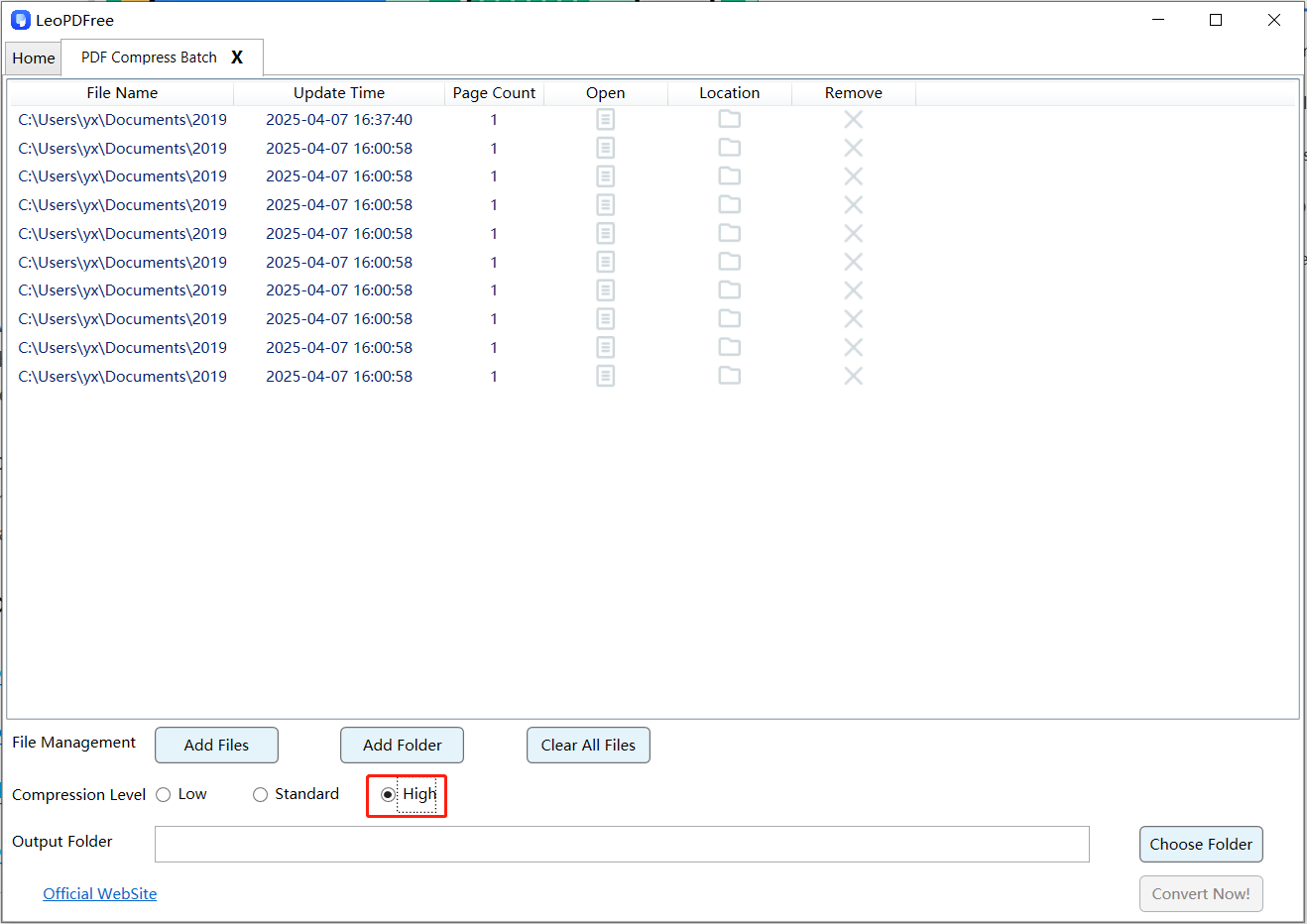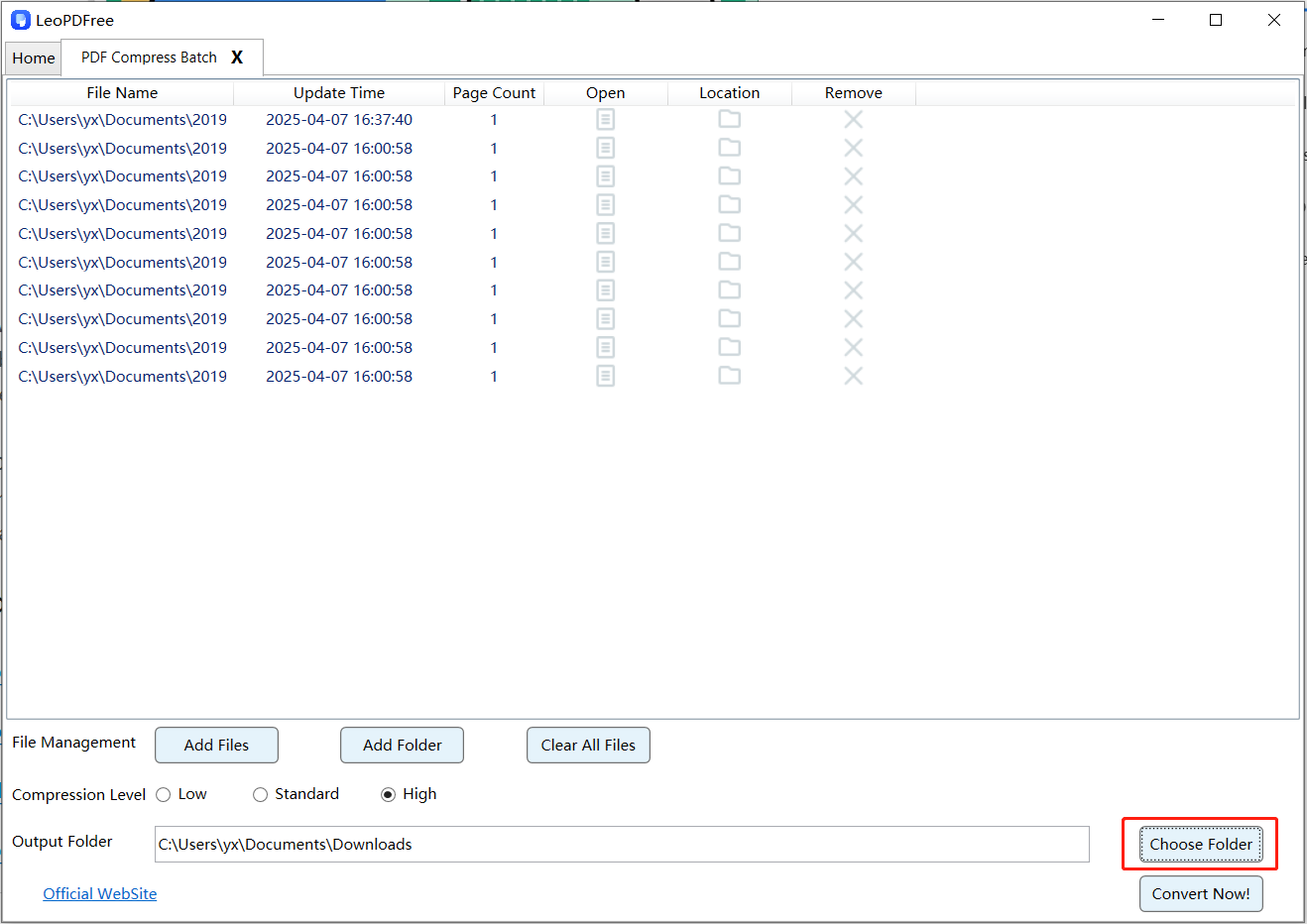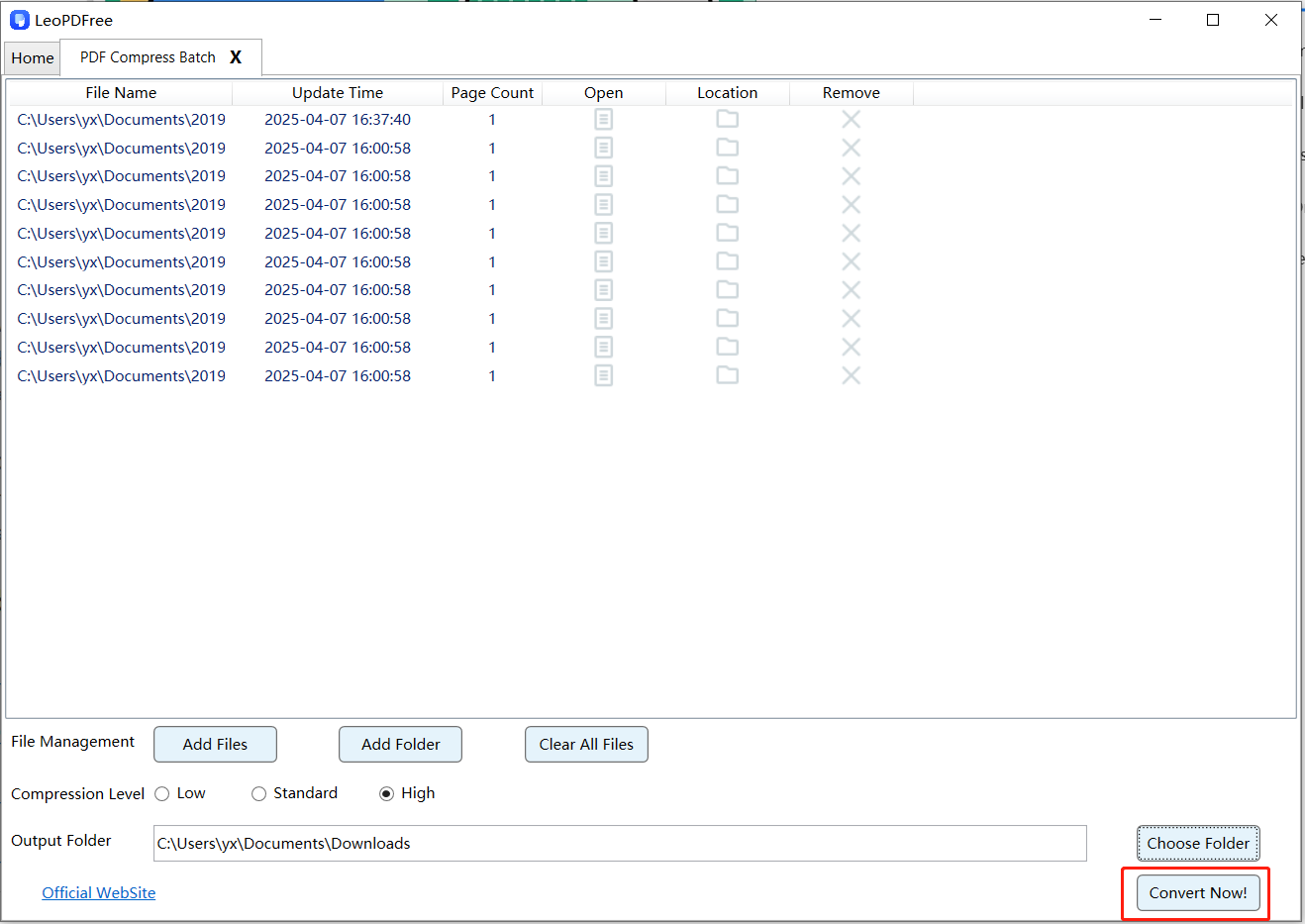
In today’s world where digital offices and learning are mainstream, PDF files remain widely embraced for their format stability and strong compatibility. However, oversized PDF files frequently cause headaches – they take up valuable storage space, slow down email transfers, and can even exceed upload size limits on various platforms. Have you ever urgently searched for terms like ”how to compress PDF,” “PDF compressor,” or ”reduce PDF file size”? This article delivers the ultimate 2025 guide to PDF compression, providing a comprehensive solution covering online tools, professional software, and built-in features to help you efficiently and securely solve this problem.
Why Are PDF Files “Bulky”?
To effectively compress PDFs, first understand the root causes of their large size. Key reasons include:
1.High – Resolution Images: Embedded images (e.g., scans, screenshots) are the primary culprit. Uncompressed high – res images occupy massive space.
2.Embedded Fonts: To ensure consistent display across devices, PDFs sometimes embed entire font libraries.
3.Redundant Data & Revision History: After multiple edits, files may retain unnecessary historical data or version information.
4.Unnecessary Elements: Annotations, form fields, bookmarks, layers, etc., can all inflate file size.
3 Main PDF Compression Approaches Explained
Method 1: Online PDF Compression Tools
Online tools require no installation – simply open your browser. They are ideal for handling non-sensitive personal files.
How to Use:
1.Search for a reliable ”online PDF compression” tool using a search engine.
2.Visit the website, then click ”Upload File” or drag and drop your PDF into the designated area.
3.Select a compression level (common options: ”Quality Priority” or ”Size Priority”).
4.Click the ”Compress” button and wait for the server to process your file.
5.Once processed, preview the result and download the compressed PDF file.
Pros:
-Convenient &Fast: No installation needed.
-Accessible: Use directly in your browser.
-Typically Free:Most basic services are free.
Cons:
Privacy Risk:Uploading files to a third-party server poses potential risks; not suitable for confidential documents.
Internet Dependent:Requires a stable internet connection; speed affects upload/download times.
Limitations:May have file size restrictions or usage limits.
Method 2: Professional PDF Convert&&Compress Software
For professionals or users with high-volume compression needs, professional software offers the most comprehensive solution with precise control. Examples include LeoPDF and Adobe Acrobat Pro.
Compression Steps Using LeoPDF as an Example:
1.Download the freely available LeoPDF software and install it on your computer.Launch the application and click the ”PDF Compress Batch” button on the main interface, as shown below:

2.Within the software interface, click either “Add Files” or “Add Folder” to select one or multiple PDF files for compression, as shown below:

3. Select the desired compression quality level according to your needs, as shown below:

4. Click the “Choose Folder” button to select the save path for the compressed files, as shown below:

5. Perform a final check and adjustments for the PDF files to be compressed. Once everything is ready, directly click the “Convert Now!” button, as shown below:

6. The software will quickly complete the compression based on the file size. On the successful compression notification pop-up, click “Check Now” to preview the compressed file. Alternatively, access the result directly via your saved storage path.

Pros:
✅High-Quality Compression
✅Precise Control over settings
✅Batch Processing support.
✅Secure & Reliable (local processing, no cloud uploads).
✅Core Advantage: 100% Free with no hidden costs.
Cons:
Requires installation:occupies a small amount of disk space.
Method 3: Leveraging OS Built-in Capabilities
The macOS system provides users with a very convenient “Print” compression method, while Windows users can also achieve preliminary optimization through a similar “Microsoft Print to PDF” feature.
macOS Operating Instructions:
1. Open the PDF file using the Preview application.
2. Click “File” > “Export…” in the menu bar.
3. In the Export dialog, locate the “Quartz Filter” dropdown menu.
4. Select the “Reduce File Size” option, then click “Save” to complete the process.
Pros:
-No Internet Required
-Extremely Simple Operation
-Secure & Private
Cons:
⚠️ Moderate Compression Ratio – lower file size reduction capability
⚠️ Limited Control – fewer customization options
⚠️ Less Noticeable Results – may underperform compared to Methods 1 & 2
Summary
Compressing PDFs is straightforward when you match the tool to your specific needs. Consider your file content, security requirements, and desired compression level to choose the optimal solution:
For instant convenience: Use Online Tools (Method 1)
For maximum control & quality: Leverage Professional Software (Method 2)
For zero-install security: Employ OS Built-in Features (Method 3)
Every method effectively “slims down” PDF files. This comprehensive guide equips you to streamline document management with confidence.
